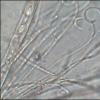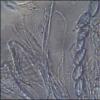
18-07-2012 19:39
Hi to everibodyWe have collected on previous years

17-07-2012 15:05
 Christian Lechat
Christian Lechat
Dear friends,I would need of a key to the species

11-07-2012 13:35
Gina RackleyI have found a colony of stalkless Scutellinia on





